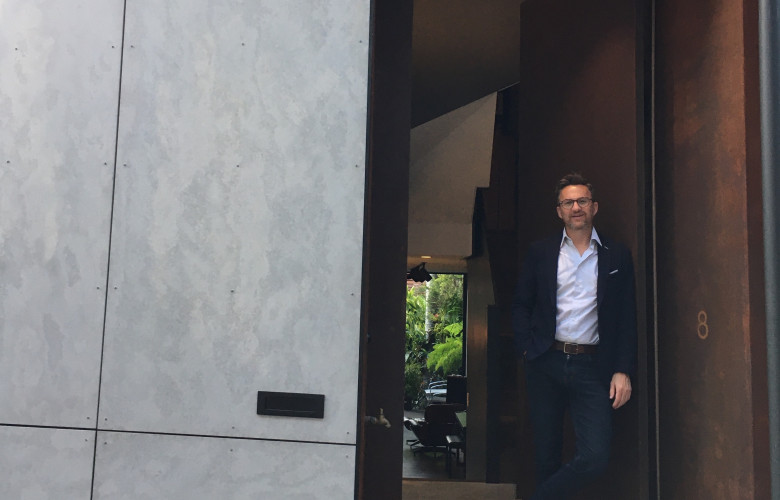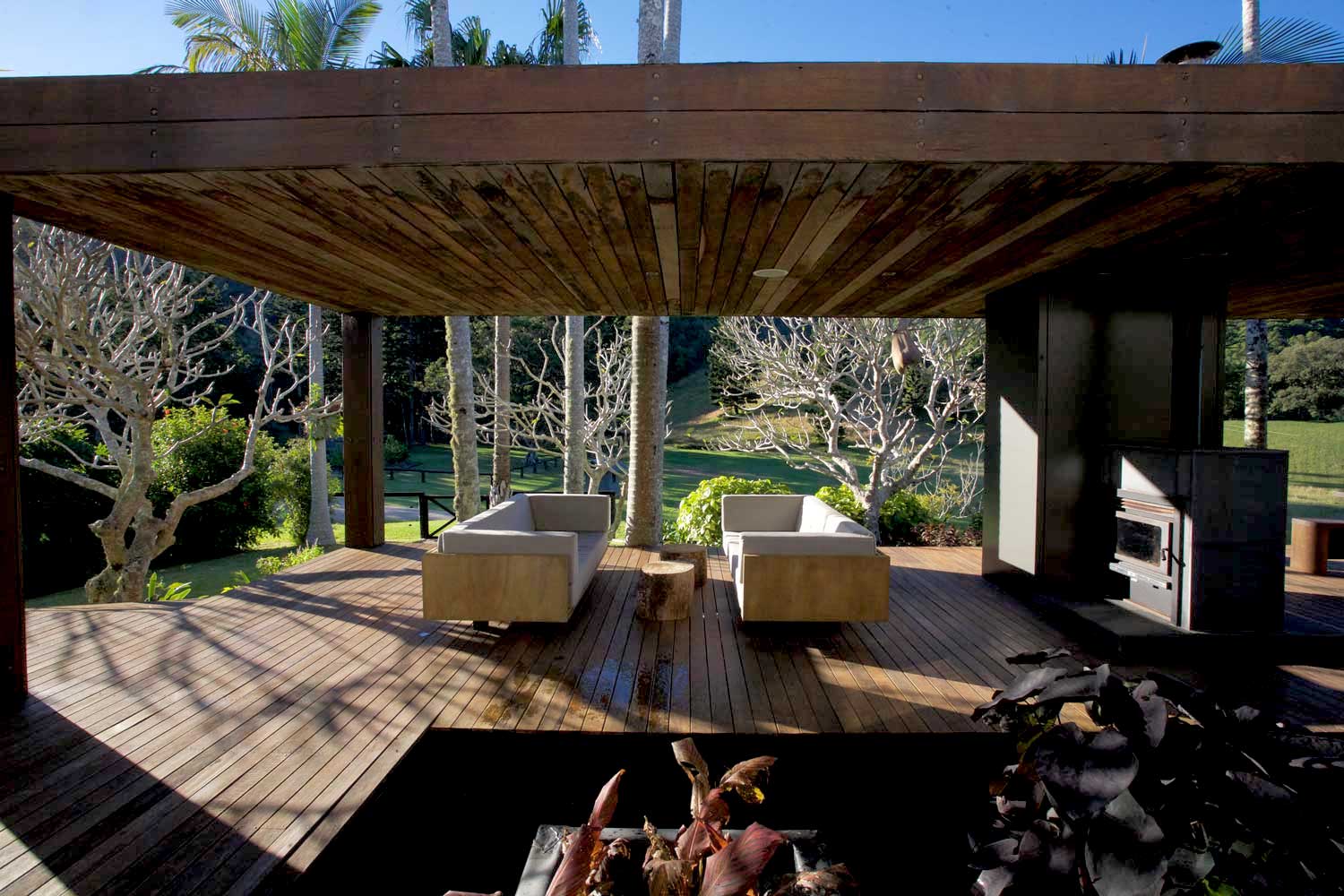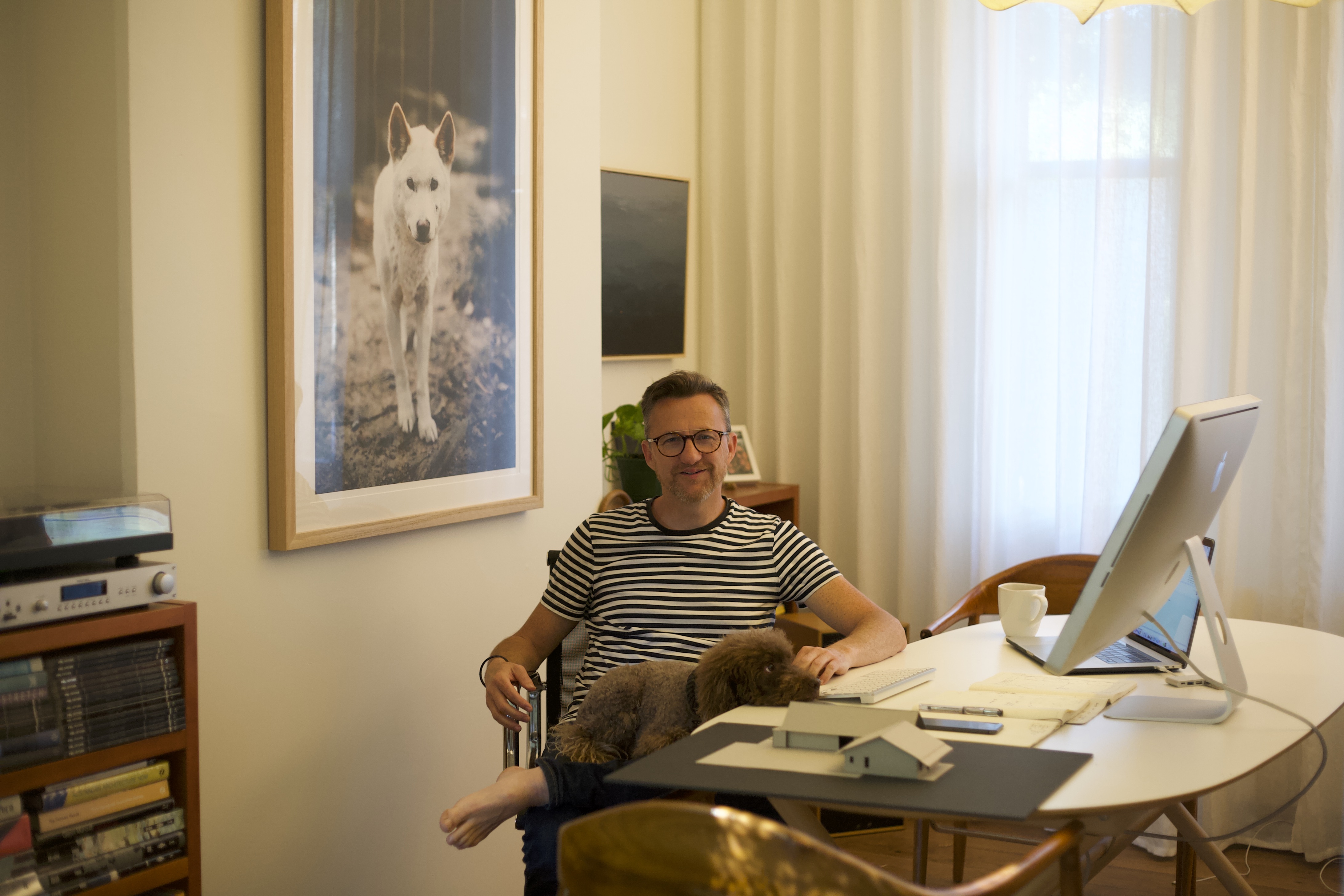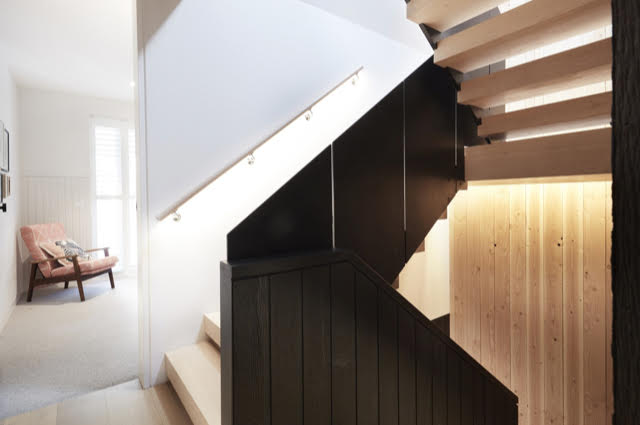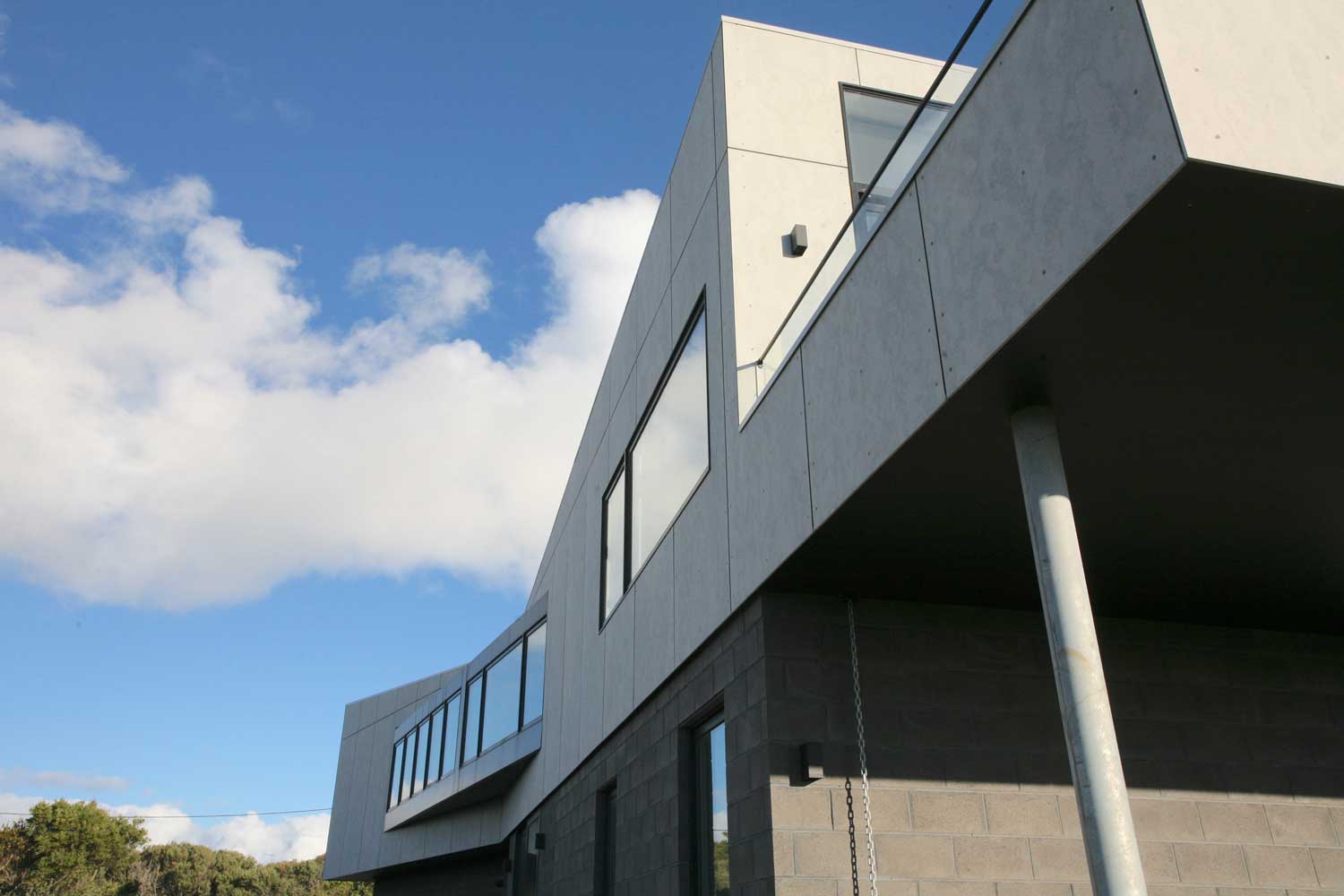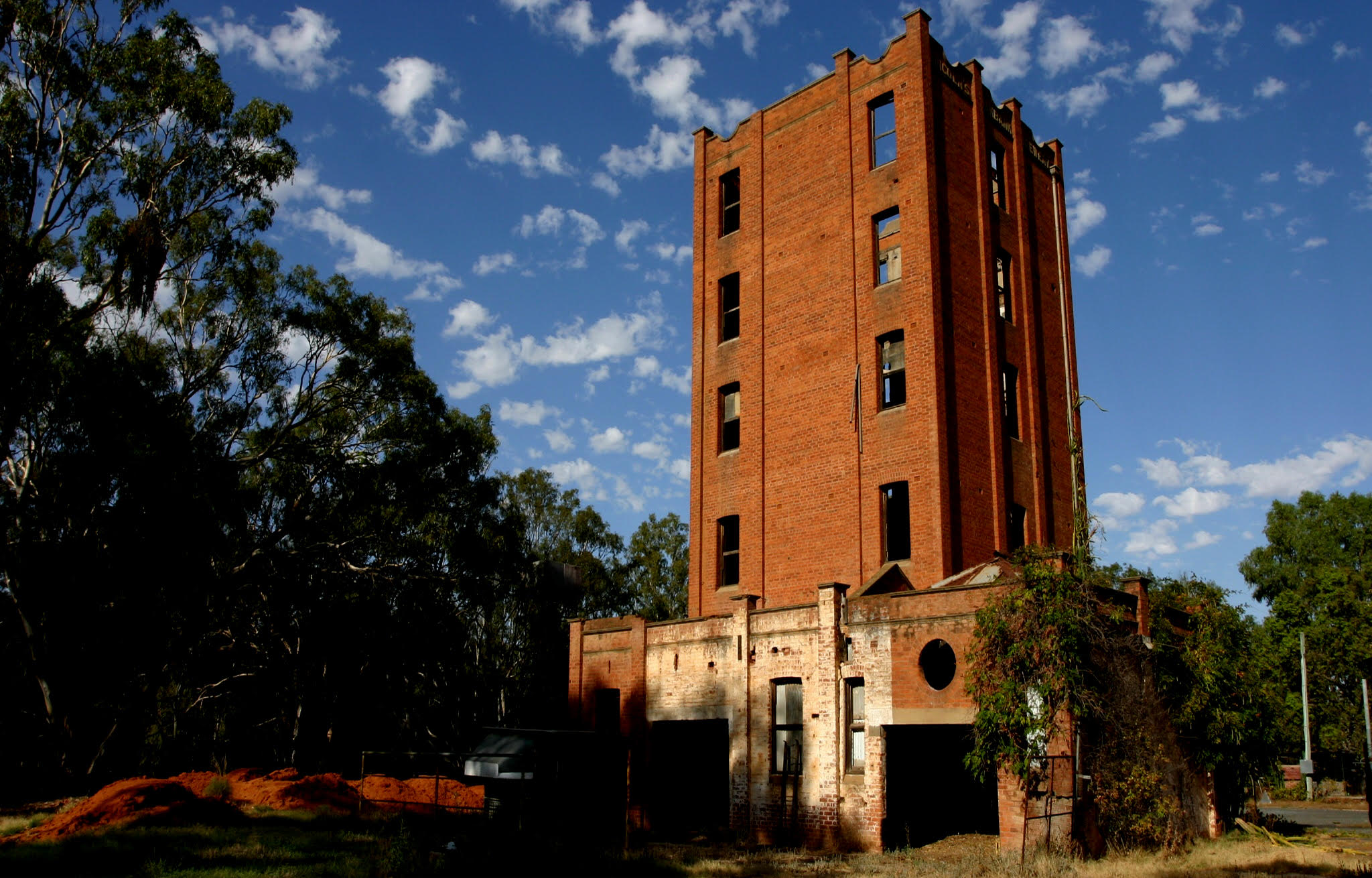Daniel Kontista of Kontista + co: the true value of a well designed home
Contact
Daniel Kontista of Kontista + co: the true value of a well designed home
"The memory and legacy of a historical dwelling is all the more powerful adjacent to the efficiency and ease of modernist additions," Daniel Kontista of Kontista + co.
Established in 2010, Kontista + Co is an award-winning Sydney based practice dedicated to the production of architecture that is highly responsive to its context and seeks to form a strong relationship with landscape.
Each project is client specific, driven by an intimacy and understanding of the client’s requirements.
Kontista + Co was awarded the 2014 ArchiTeam Award for Residential Architecture - Merton House, a project extending an existing Victorian house on a corner site, while respecting the heritage character of the area.
Source: Daniel KontistaDaniel Kontista spoke to WILLIAMS MEDIA about his design philosophy.
What do you enjoy most about your profession?
The big idea. We were taught to dream large at university. However, the pragmatic reality of clients, contractors and councils can somewhat dilute that dream. So, for a brief moment at the start of a project, I allow myself the opportunity to delight in what a project could be if there were no limitations. It's a joyful experience – and so often there are elements of this process that become part of the realised project.
Image: St Andrews Beach House. Source: Daniel KontistaYou established Kontista & Co over 10 years ago with a strong focus on residential architecture, winning the residential category in the 2014 Architeam Awards with The Merton House. How would you describe your architectural aesthetic?
The majority of my work has been marrying the existing fabric of Victorian Era terrace houses with contemporary modern additions. The memory and legacy of a historical dwelling is all the more powerful adjacent to the efficiency and ease of modernist additions. There is an opportunity for dynamic spacial connections between the two zones, where the romance of the old can create intimate and personal experiences that are tailored for specific use. The modern additions capitalise on solar orientation, cross-flow ventilation and the most quintessential of all requirements: the indoor–outdoor connection. In recent years, I am exploring how materials bring depth, emotion and personality to projects.
Image: The Merton House. Source: Emily BartlettWhat advice would you give to anyone wishing to build or renovate?
With the right planning, you’ll realise one of the most rewarding projects one can do for yourself. That planning takes time. Enjoy the process. Give yourself time to live in the space, through the seasons, experience how the sun and light change through the year. Watch where the cat spends their time. These are all important components that will make your home a completely delightful place to live, all year round.
Image: Daniel and assistant, Charlie. Source: Daniel KontistaThe creation of a well-designed home, one designed for your needs, that feels warm when it’s cold, that’s cool when it’s hot, that’s bright, light, airy and above all, comfortable for you and all who enter is something that’s hard to value. But once you have it, you’ll realise just how valuable it is. This can happen on modest budgets in small spaces. All the extra bells and whistles are a bonus but so often the modest projects are the ones that just feel right to me. Saying all that, I always tell clients, ‘This will cost you way more than you think and it will take way longer than you think. You must really want this. Have you explored all the options? Once you are prepared to say, yes, this is the road we are willing to go down, then hang on tight and enjoy the ride, for the process can and should be thoroughly enjoyable’.
Image: 56 Great Buckingham Street Redfern. For sale via Ben Collier of The Agency. Source: The AgencyWith today’s focus on sustainability what trends do you see emerging in architecture?
With the rapid uptake of renewables (thankfully), we will see the rise of energy use directed to the daytime (solar) rather than off peak (night time) as in the past. Running your hot water unit now while your solar system heats the water during the day is the opposite of conventional electricity usage, where night tariffs were cheaper and therefore that’s when the heater ran. This has already changed when the pool pumps run, the air conditioning is on, clothes and dishwashing machines are in use, the list goes on. As batteries become more economically viable, combined with high-energy devices used in daylight hours, this will result in buildings drawing on fewer resources. The economic case for renewables has become the viable option for many already, with payback periods around 2 to 3 years (no batteries). With the rapid uptake of solar and other renewables, manufacturers will need to produce products that are tailored to be used with solar (renewables), rather than grid power. This will in turn encourage more people to switch to solar and other renewables, accelerating the uptake to renewables.
Image: St Andrews Beach House. Source: Daniel KontistaWhat is the most interesting brief you’ve been given by a client?
For one of our first commissions, we were given the opportunity to design a house in a historic, five-storey brewery from the 19th century situated along the river in country New South Wales. The building had been destroyed by fire and all that remained were the beautiful brick walls. The building had a real presence to it. We were very excited. I drove through 40° plus heat for 4 hours to see the site. It didn’t disappoint.
Did you take on the project?
We did take on the project; however, the client never proceeded with the renovation. I believe it still stands there untouched.
Image: Historic NSW brewery. Source: Daniel KontistaWhat advice would you give to a newly graduated Architect or someone thinking about Architecture as a career?
If someone is thinking about architecture, I would say this: ‘It’s often joked about, but it is a reality to consider – this is not a well-paid profession’. There is a lot that is rewarding about architecture, having an idea, going through the long process to see it realised and, if it’s done well, the joy of seeing it created as you imagined. A great space, no matter how simple, will be remembered and enjoyed. I don't regret my career choice, but I am pragmatic enough to know, the path I have chosen has not been an easy one.
Image: On-site with Charlie. Source: Daniel KontistaIf you are a graduate, the first five years are tough. The architecture education I received enlightened me to history, psychology, construction, engineering, environmental systems and, of course, design amongst many areas. I thoroughly enjoyed being at university. What it doesn't prepare you for is the workplace. It will take an employer quite some time for you to be valuable and, as such, a lot of your tasks initially are mundane and your pay is very low for your graduate position, compared to other professions.
For a lot of people, this period will see them leave architecture and pursue other roles. I fully understand this. An architecture degree may seem specific, but really what it teaches you is how to assess an issue – a brief –, how to compile a response to that brief and then how to implement it. When you apply this logic, you are valuable in almost any vocation. So, whether you continue with architecture or not, the skills you’ve been taught will be well sought after in any pursuit you engage with.
Image: The Farmhouse. Source: Daniel KontistaWhere do you live now, and where would you live if you could live anywhere in the world?
I am very fortunate to split my time between a terrace house I designed and built in Redfern, Sydney and a humble weatherboard cottage in Blackheath in the Blue Mountains that I have been restoring for the last two years. Both places have a thriving local community full of interesting, creative characters that give the area such depth.
If I could choose to live anywhere, I’d like to be greedy and pick two places: Barcelona in the summer: the beaches, the people, food and ultimately the architecture are hard to beat. And then I’d choose Queenstown in New Zealand for the magical winter wonderland it is. The beauty of the South Island of New Zealand cannot be understated. Kiwis aren’t half-bad people either.
Related reading:
Redesigned Victorian terrace offers modern inner-city living

